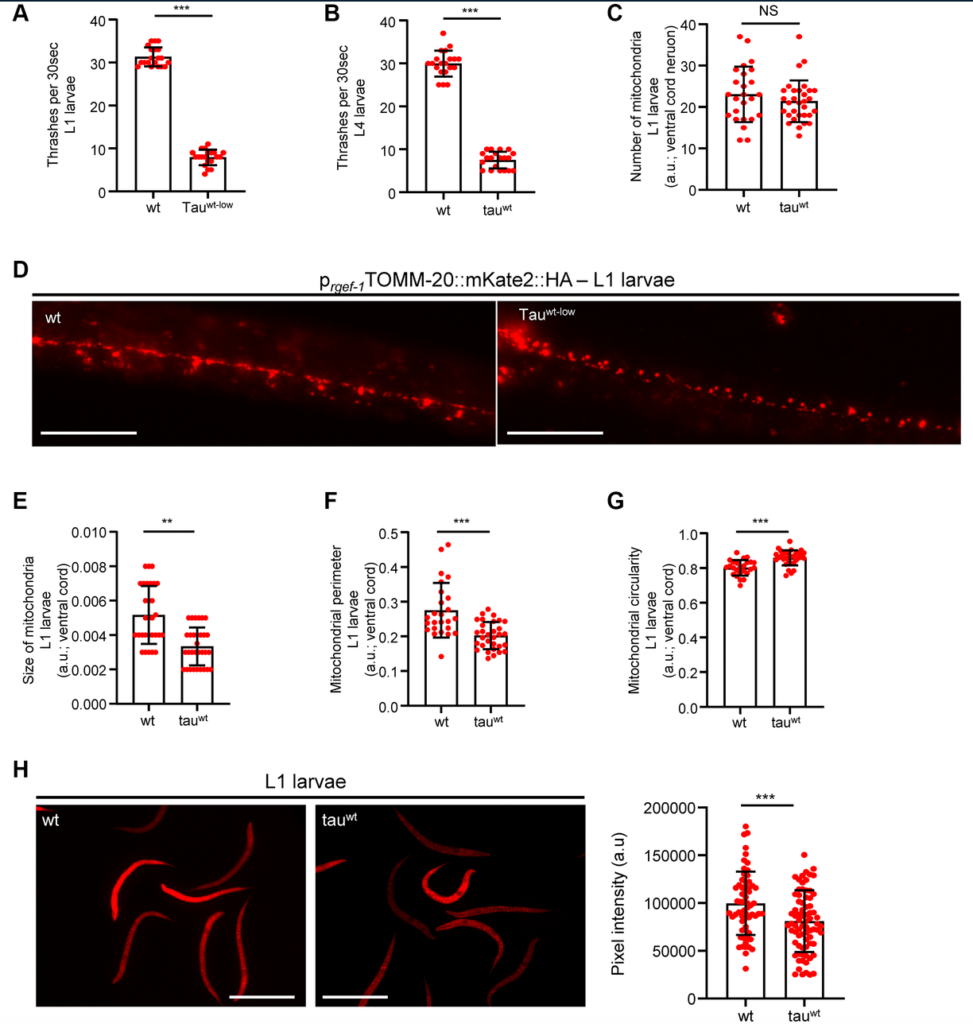In a new study, researchers used C. elegans to investigate how changes in lipids during aging might impact lifespan and healthspan.

The Trending With Impact series highlights Aging publications (listed as “Aging (Albany NY)” by Medline/PubMed and “Aging-US” by Web of Science) that attract higher visibility among readers around the world online, in the news, and on social media—beyond normal readership levels. Look for future science news about the latest trending publications here, and at Aging-US.com.
—
Lipids are a diverse group of biomolecules that are essential for life, including fats, oils, waxes, and steroids, and play crucial roles in cell membrane structure, energy storage and signaling. Lipidomics is the comprehensive analysis of lipids and their interactions in biological systems, with an aim to understand the role of lipids in cellular processes and their association with diseases. As we age, our cells undergo complex changes, including alterations in cellular lipid profiles. These changes are not only confined to humans; organisms such as the nematode Caenorhabditis elegans (C. elegans) are also subject to changes in lipid composition during aging.
“For example, lipid classes including fatty acids (FA), triacylglycerols (TAG), sphingolipids (SL), and phospholipids (PL) have been identified as targets in lipid signatures related to aging [2, 3]. Furthermore, specific signatures are detected in the lipid profiles of those with age-related diseases, such as Alzheimer’s Disease [4–9]. In addition, the abundance of many fatty acid subtypes differs between the youth, elderly, and centenarians [10, 11].”
In a recent study, researchers Trisha A. Staab, Grace McIntyre, Lu Wang, Joycelyn Radeny, Lisa Bettcher, Melissa Guillen, Margaret P. Peck, Azia P. Kalil, Samantha P. Bromley, Daniel Raftery, and Jason P. Chan from Marian University, the University of Washington and Juniata College investigate the lipid profiles of C. elegans with mutations in the genes asm-3/acid sphingomyelinase and hyl-2/ceramide synthase during aging. On February 13, 2023, their research paper was published in Aging’s Volume 15, Issue 3, entitled, “The lipidomes of C. elegans with mutations in asm-3/acid sphingomyelinase and hyl-2/ceramide synthase show distinct lipid profiles during aging.”
The Study
In this study, the researchers focused on two enzymes that are important in the production of ceramides—a type of lipid that is known to play a role in various cellular processes, including cell signaling and apoptosis. The enzymes, acid sphingomyelinase 3 (asm-3) and ceramide synthase (Hyl-2), are involved in the breakdown of sphingomyelin and the synthesis of ceramide, respectively. The team compared C. elegans with mutations in these specific genes with wild type C. elegans at one-, five- and 10-days of age to investigate how changes in these enzymes affect lipid profiles during aging.
“In particular, work using C. elegans have identified age related changes in specific lipids, lipid classes, as well as the ratio of monosaturated to polysaturated fatty acids (MUFA:PUFA ratio) [36, 37]. Here, we examine the lipidomes of animals lacking the sphingolipid metabolism enzymes, asm-3/acid sphingomyelinase or hyl-2/ceramide synthase, which have previously been shown to have extended and reduced lifespans, respectively, in C. elegans [24, 34, 38].”
The results showed that the asm-3 mutant worms had higher levels of sphingomyelin and lower levels of ceramides compared to wild-type worms. In contrast, the hyl-2 mutant worms had lower levels of sphingomyelin and higher levels of ceramides. These findings suggest that asm-3 and Hyl-2 have opposite effects on the production of ceramides in C. elegans. The researchers also found that the lipid profiles of the mutant worms changed with age, with a decrease in sphingomyelin and an increase in ceramides in the asm-3 mutant worms and, in the hyl-2 mutant worms, there was an increase in sphingomyelin and a decrease in ceramides with age.
The researchers also investigated the effects of these lipid profile changes on lifespan and healthspan. They found that the asm-3 mutant worms had a shorter lifespan and reduced healthspan compared to wild-type worms. In contrast, the hyl-2 mutant worms had an extended lifespan and improved healthspan. These findings suggest that changes in lipid profiles can have significant effects on lifespan and healthspan in C. elegans.
Conclusions
Overall, this study sheds light on the complex role of lipids in aging and highlights the importance of ceramides in cellular processes. The findings suggest that changes in the production of ceramides, mediated by asm-3 and Hyl-2, can have significant effects on lifespan and healthspan in C. elegans. Further research in this area could lead to the development of interventions that target ceramide production to promote healthy aging in humans.
There are several potential implications of this study for human health. First, the findings suggest that interventions aimed at modulating ceramide production could have significant effects on aging-related diseases. Ceramide has been implicated in various diseases, including cancer, Alzheimer’s disease and diabetes. Targeting ceramide production could be a promising strategy for the prevention and treatment of these diseases.
Second, the study highlights the importance of understanding the complex interplay between lipids and cellular processes in aging. Aging is a complex process that involves multiple cellular and molecular changes, and alterations in lipid metabolism are just one aspect of this process. A better understanding of the role of lipids in aging could lead to the development of new interventions that target multiple aspects of the aging process.
Finally, the study underscores the importance of using model organisms, such as C. elegans, to investigate the molecular mechanisms of aging. While C. elegans is a simple organism, it shares many fundamental biological processes with humans, and its short lifespan makes it an ideal model for aging research. The findings from this study could be applied to future research in humans, as well as other model organisms, and could lead to the development of novel interventions for aging-related diseases.
“Age caused increased sphingomyelin levels, particularly in short-lived animals. This may suggest that the regulation of sphingolipid metabolism may mediate changes in cell structure and function important for healthy aging. Future studies connecting lipidomic changes in sphingolipid metabolism mutants to mechanistic changes in cells of mutant models will be important next steps to better understanding the roles of sphingolipids in aging.”


